Klein Luckow, Kleisthöhe, Schwarzensee, Balliner Holz Forest—places with a remote ring to them, places that evoke lands before our times.
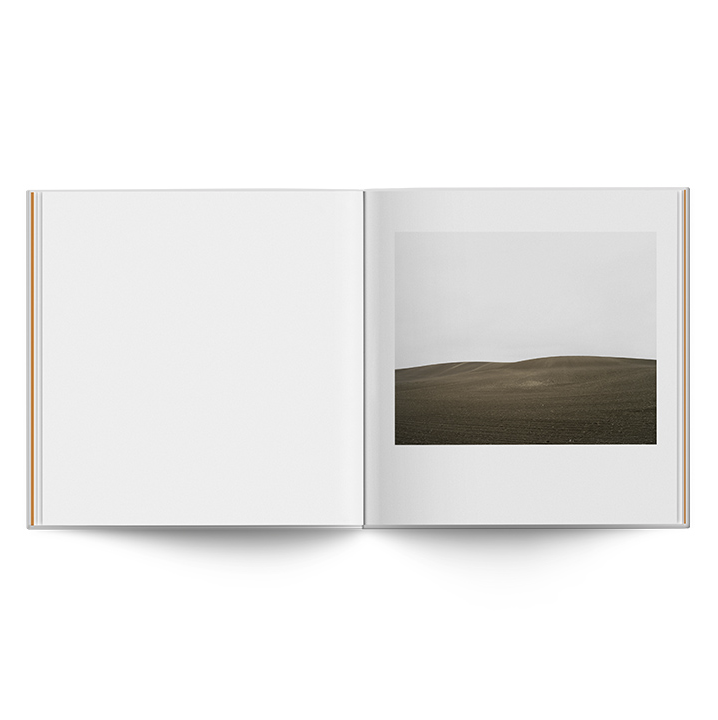
Photographer Hans-Christian Schink familiarised himself with these destinations and studied them intensively over a series of years. For his most recent photography book, Hinterland, he ventured into the deserted stretches of land that lie between Brandenburg and Mecklenburg-Vorpommern. He captured the region’s mood in muted colours—a region where life still revolves around the land. Travelling to edges of towns and fringe areas, Schink approached terrains that we rarely perceive with a sense of clarity in this day and age.
His reserved photographs neither glorify provincial spheres as vastnesses that people flee to nor demonise them as confinements that people want to escape from.
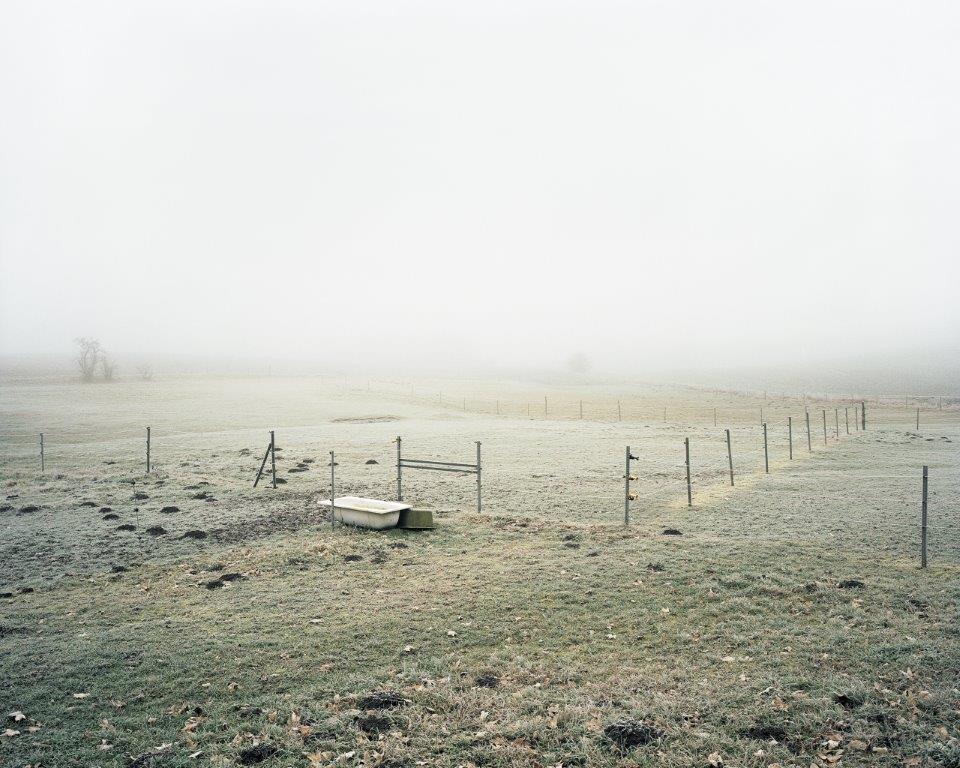
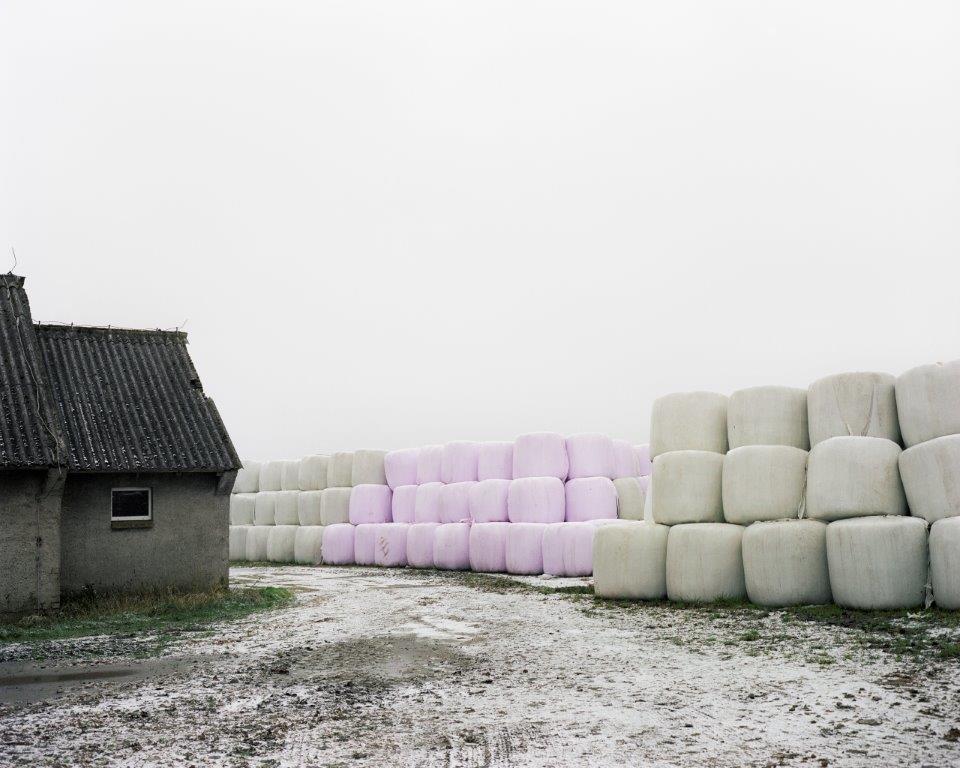
Halting in places viewers would, under normal circumstances, never aspire to visit, Schink deliberately acts as a field researcher. In doing so, he shifts the focus to scenes which would otherwise go by unnoticed. He captures backdrops that are usually blurred behind windows of cars and train compartments, thereby bringing wintry landscapes to a halt. Fields blanketed in bleak layers of fog. Bare willows whose thick trunks brave freezing temperatures while their thin branches reach for the heavens. A flash of a frosty meadow follows a glimpse of a frozen lake. A cow grazes in a pasture. Swans rest atop a thin layer of ice.
As we advance deeper into Shink’s perspective, we can almost feel the biting winds piercing our skin, almost catch a whiff of wet wood and farm soil.
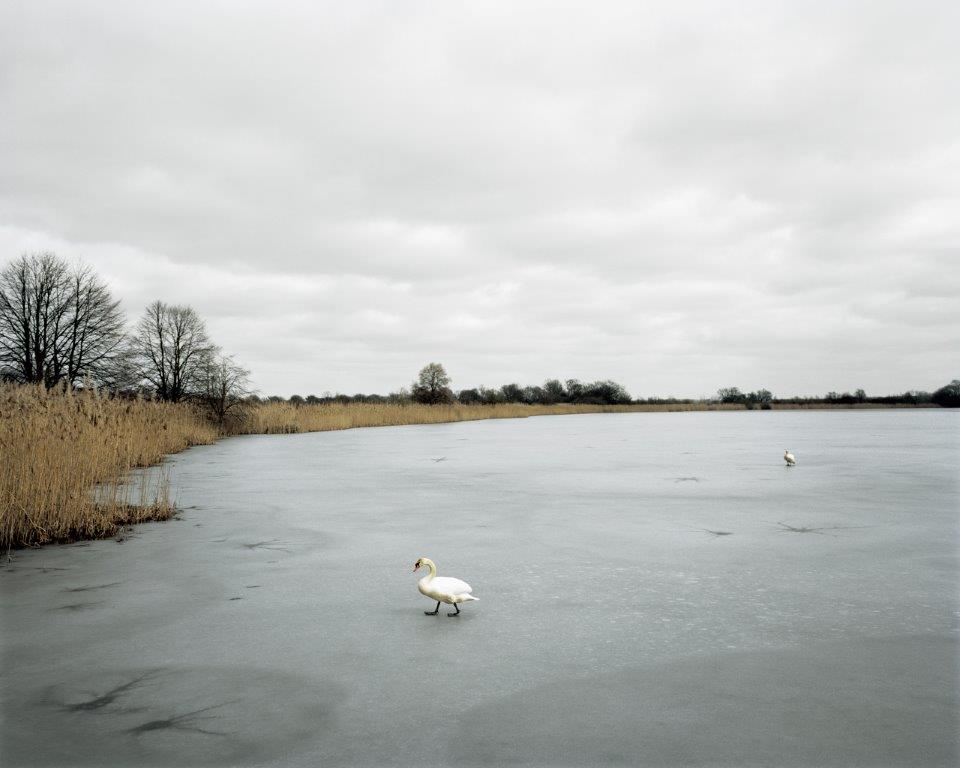
Schink’s strength lies in his ability to leave the periphery in its unruly state. He puts its sometimes raw and barren side on display. His pictures present themselves as mindfulness exercises on paper. They are a testament to the intertwined nature of tenacity and stillness. The colours that leak into his works seem almost incidental. While black and white tree silhouettes and snow dominate the start of the book, his palette branches out as we venture further into its pages. Schink captures delicate still lifes in front of cloudy skies, snowberries that shine through brown shrubs like little white specks, and bales of hay cloaked in soft pink sheaths, yellow rapeseed, and green tarps.
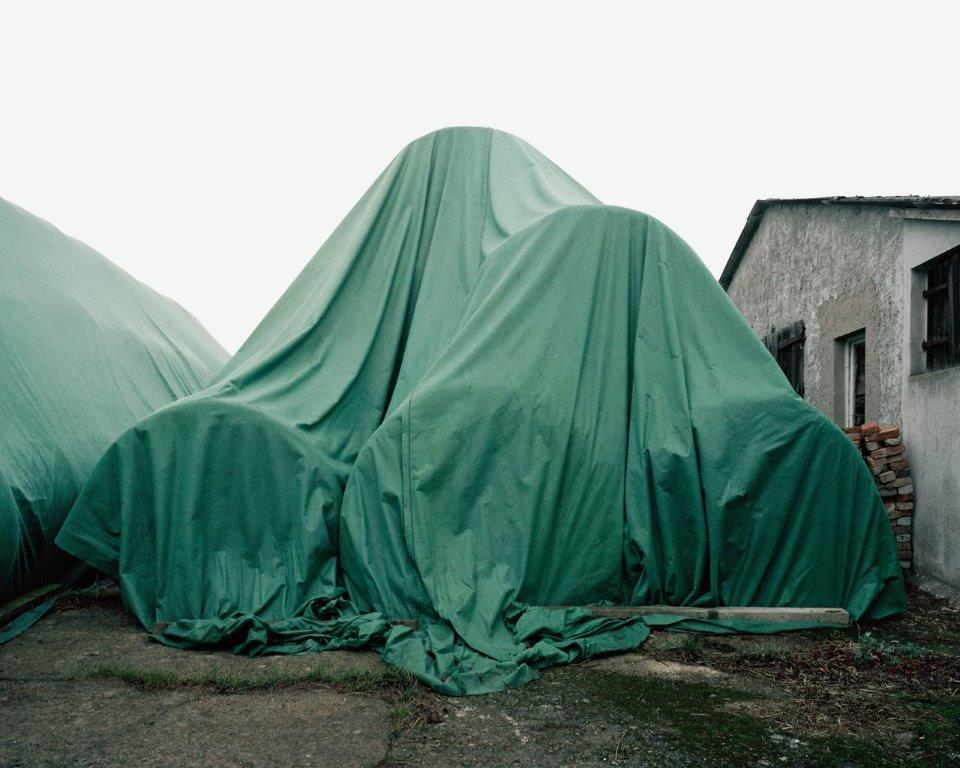
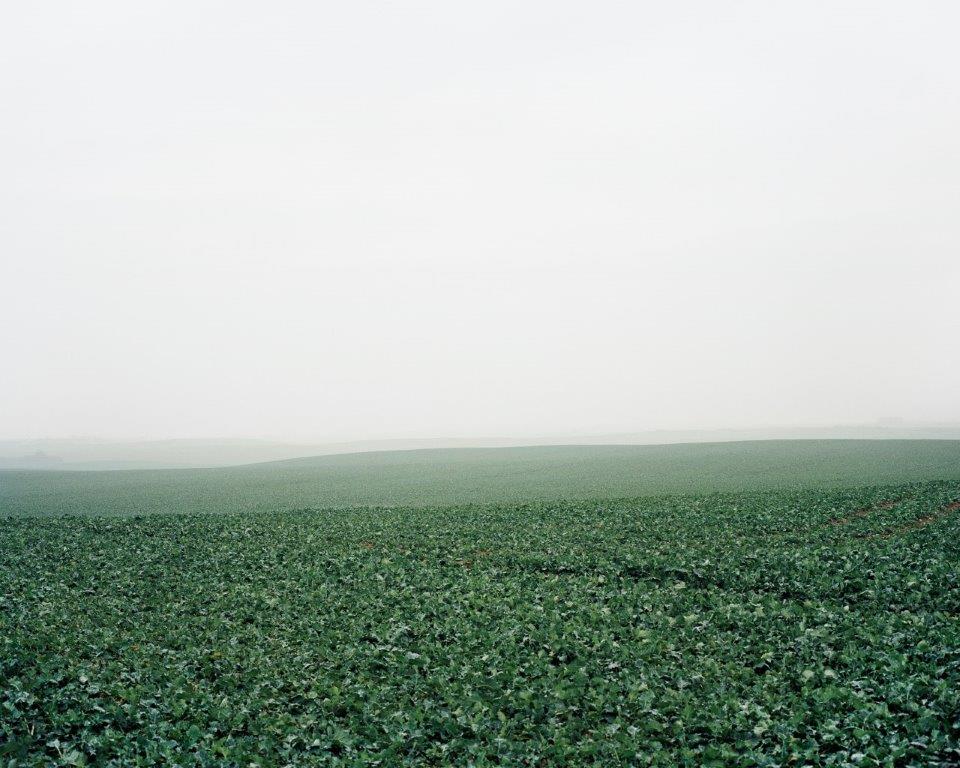
The scenes he photographs are much more than sheer places of longing. And yet, poetry weaves through every one of his pictures. Even in places where beauty only reveals itself at second glance. In this spirit, a poem by Oswald Egger aptly serves as the preface to Schink’s subjective cartographies. Egger’s poetry prowls the landscapes and transforms everyday finds, such as moss and acorns, into dreamscapes. The language he elicits for this purpose feels as though it sprung from a different time.
A deep-rooted fixation in the present and inclination to romanticism connects Egger and Shink’s works.
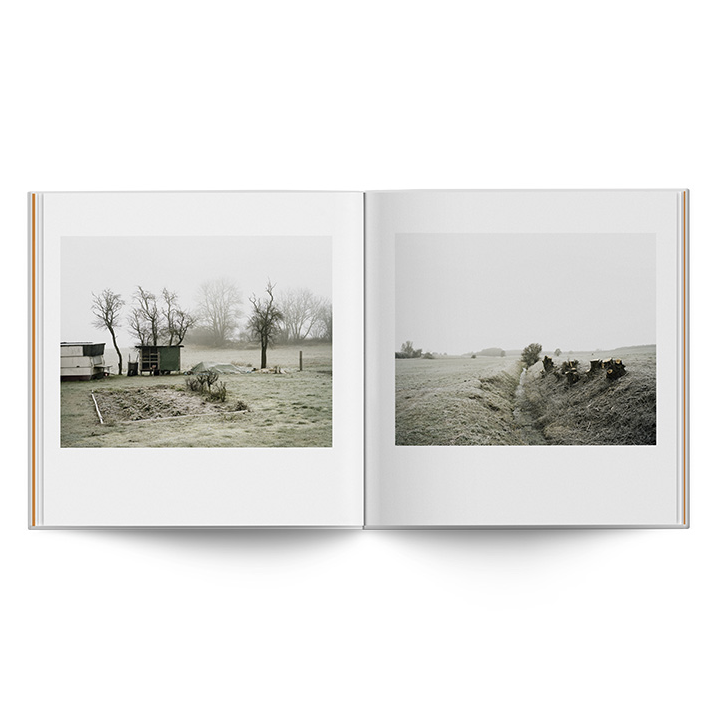
In a similar manner, Shink’s compositions invoke the likes of acclaimed landscape artists, such as Caspar David Friedrich. Nevertheless, his lucid photographs juxtapose the mystical exaggerations that permeate Friedrich’s depictions of nature. Schink neither stylises vastness as desolate nor implies that stillness is majestic. Despite his works’ considerable size, they remain far removed from being injected with pathos. He simply lays out what there is to see. Regardless, it would be fallacious to categorise Schink’s photographs merely as documentaries. Hinterland reaches far beyond an exploration of the region. Moreover, the artist accredits the book’s title to the imaginary landscapes engraved in his memories—the landscapes from his childhood.
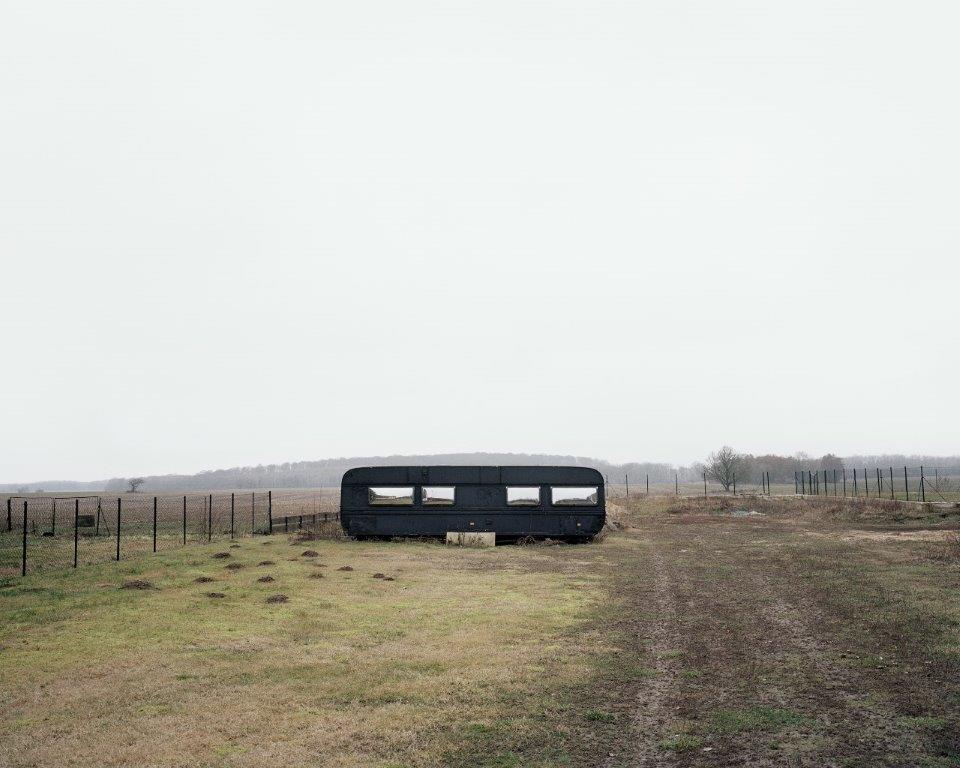
Schink was born in Erfurt in 1961. He made a name for himself in the nineties with Verkehrsprojekte Deutsche Einheit. For this group of works, Schink photographed highways and railways in the new federal states after German reunifications. In doing so, he captured a moment in time. A time before infrastructure sprung to life, before concrete constructs—vehicle lanes, train tracks and bridge piers—perforated the nation’s fields and forests. Schink’s photographs verified what Marc Augé alluded to when he described these highways as ‘non-places’—transit zones for loneliness and uprootedness.
Even in his earlier years, Schink went far beyond objective documentation.
The crack humankind’s hand has driven into the landscape still forms the Leitmotif of his works to this very day.
Whether in Peru, North Korea, Vietnam, or Antarctica, Schink always focuses on the touchpoints that exist between cities and countrysides. With every release of the camera’s shutter, he raises the one question that is more relevant today than ever before: Who will have the upper hand, in the end—man or nature?
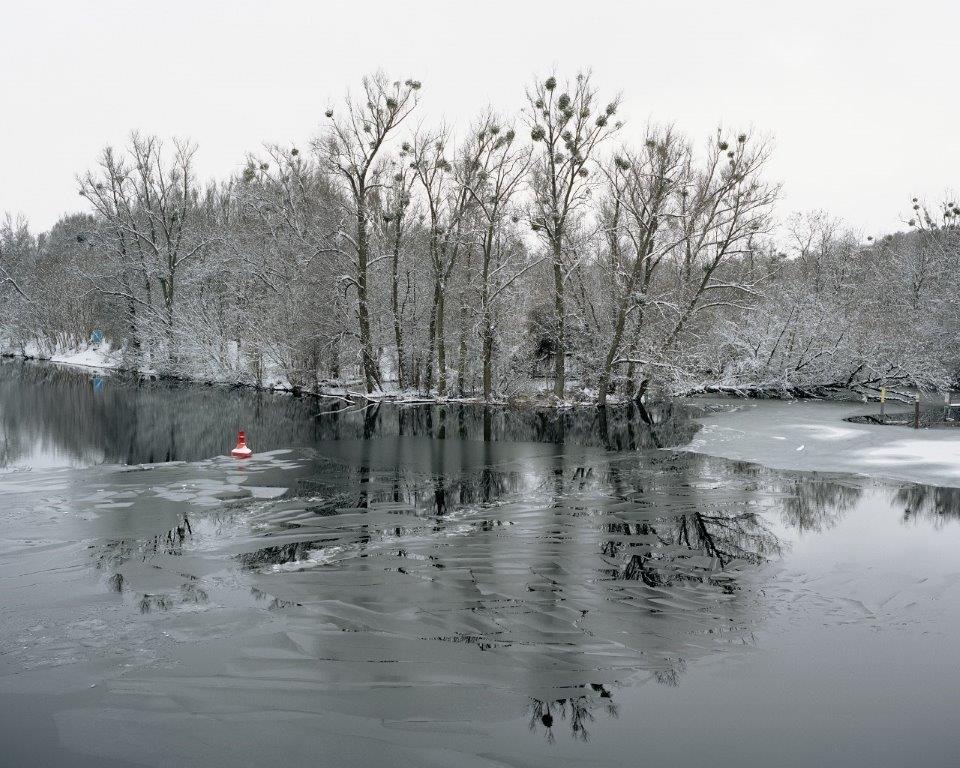
Human beings have no place in Schink’s panoramas. While he has always omitted them intentionally, they also make themselves scarce in sceneries he seeks out. Every so often, we stumble across traces that hint at their existence—a deserted farm, a feebly repaired fence, power lines with cut cables, walls that lead nowhere, and two snow-covered benches in front of a little hut. It has been years since someone sat down here.
»Hinterland« by Hans-Christian Schink featuring a poem by Oswald Egger, 148 pages with 76 photographs, 2020, Hartmann Books
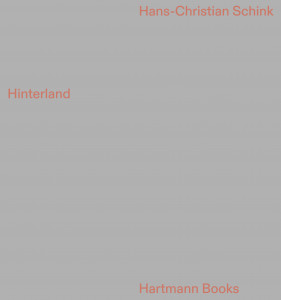


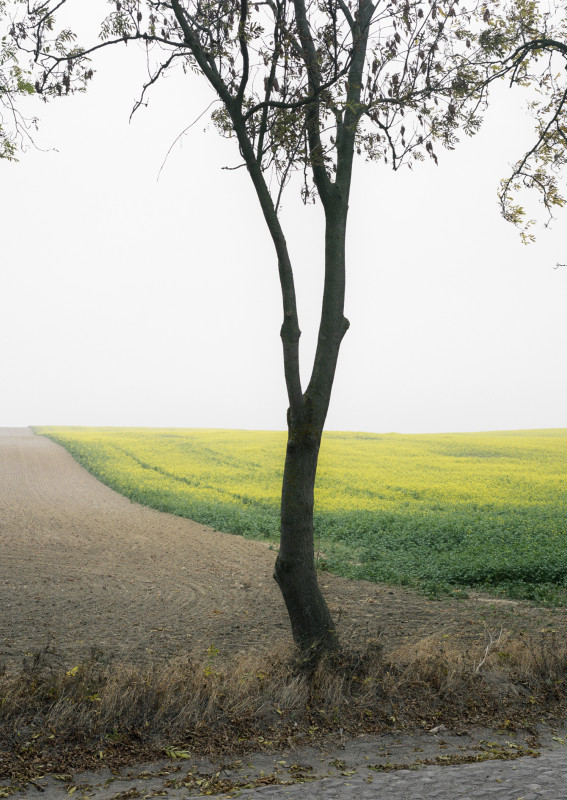


I don’t think the title of your article matches the content lol. Just kidding, mainly because I had some doubts after reading the article.
I don’t think the title of your article matches the content lol. Just kidding, mainly because I had some doubts after reading the article.
Your article helped me a lot, is there any more related content? Thanks!